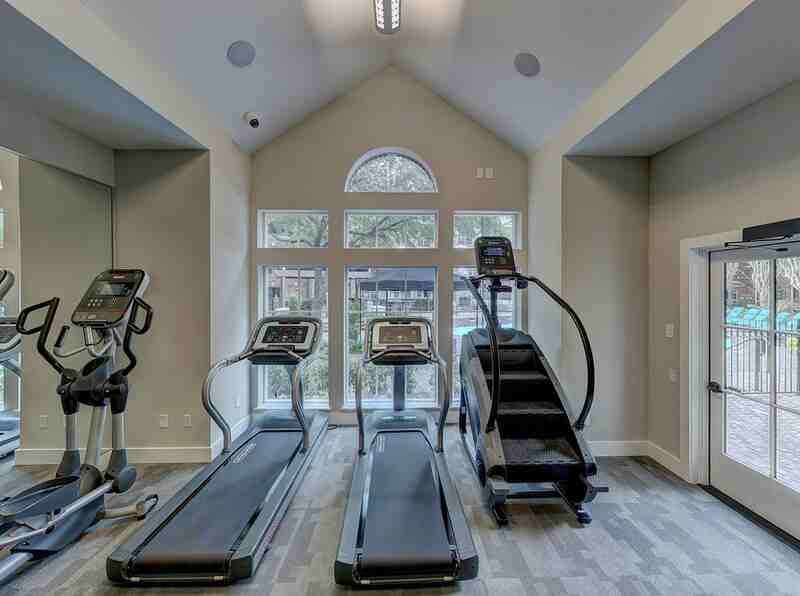Building a home gym can be a convenient and cost-effective way to stay in shape, especially if you don’t have time to go to the gym or simply prefer to work out in the comfort of your own home. Choosing the right gym equipment for your home gym, on the other hand, can be a challenging task. We’ll provide tips and ideas in this article to help you choose the right gym equipment for your home gym based on your fitness goals, available space, and other factors.
Assessing Your and Space
Before you start looking for gym equipment, you should first determine your fitness goals as well as the amount of space available for your home gym. Your fitness goals will determine the type of equipment you need, while the amount of space available will determine how much equipment you can fit in your home gym. You can also look for gym equipment wholesale availability at local stores to help you stay within your budget.
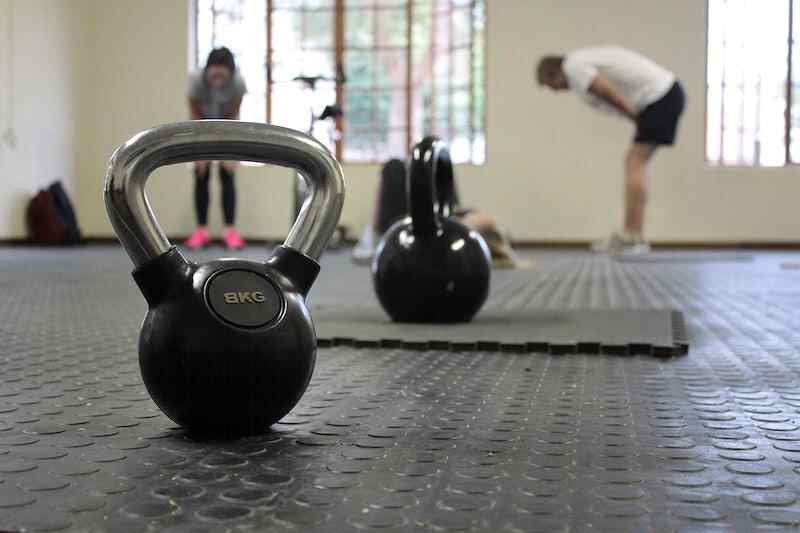
Determine Your Fitness Objectives
Some common fitness objectives are as follows:
- Weight loss: If you want to lose weight, focus on cardio equipment that burns calories, such as a treadmill, stationary bike, or elliptical.
- Building strength: If you want to get stronger, you should use strength training equipment like dumbbells, resistance bands, or weight machines.
- Improving flexibility: If you want to improve your flexibility, you might want to consider yoga mats, foam rollers, or stretching straps.
If you want to improve your overall fitness and movement patterns, consider using functional workout equipment such as medicine balls, suspension trainers, or agility ladders.
Consider Your Available Space
After you’ve determined your fitness objectives, it’s time to consider the available space for your home gym. You should measure the space and think about the size of the equipment you want to buy. Treadmills and weight machines, for example, can take up a lot of space, whereas resistance bands and dumbbells can be easily stored away.
Cardiovascular Equipment
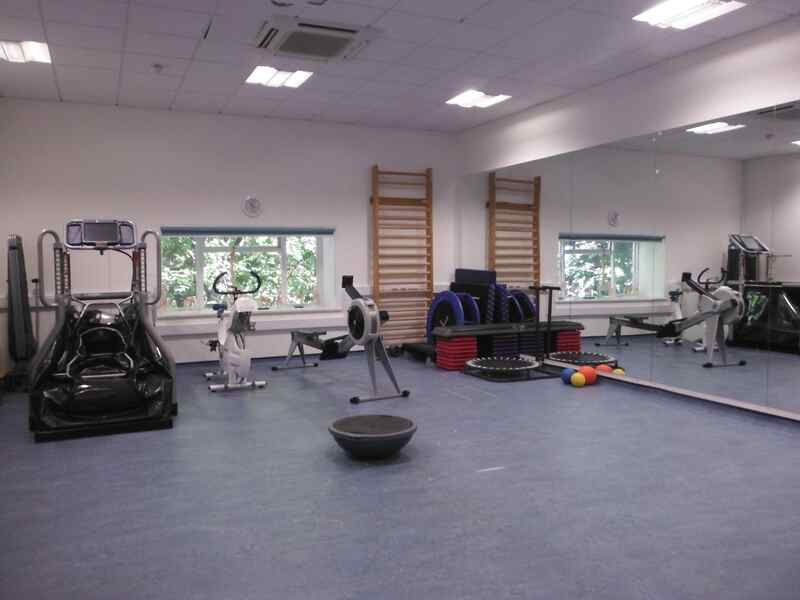
Cardio equipment is essential for anyone who wants to lose weight and improve their cardiovascular health. Treadmills, stationary bikes, and ellipticals are just a few examples of cardio equipment. Each piece of equipment has advantages and disadvantages.
1. Treadmills
Treadmills are a popular choice for home gyms because they allow you to run or walk inside no matter what the weather is like. They also provide a consistent surface, which can be beneficial for people who suffer from joint problems. Treadmills, on the other hand, can be large and expensive, and they may not be appropriate for people who prefer outdoor running or walking.
2. Stationary Bikes
Stationary bikes are an excellent choice for anyone looking for a low-impact cardio workout. They are also more compact and easier to store than treadmills. However, they may be less effective for weight loss than other types of cardio equipment.
3. Ellipticals
Ellipticals provide a full-body workout that is less taxing on the joints than treadmill running. They are also relatively small, making them a good option for people with limited space. Ellipticals, on the other hand, can be costly and may not provide as intense a workout as other types of cardio equipment.
Strength Training Equipment
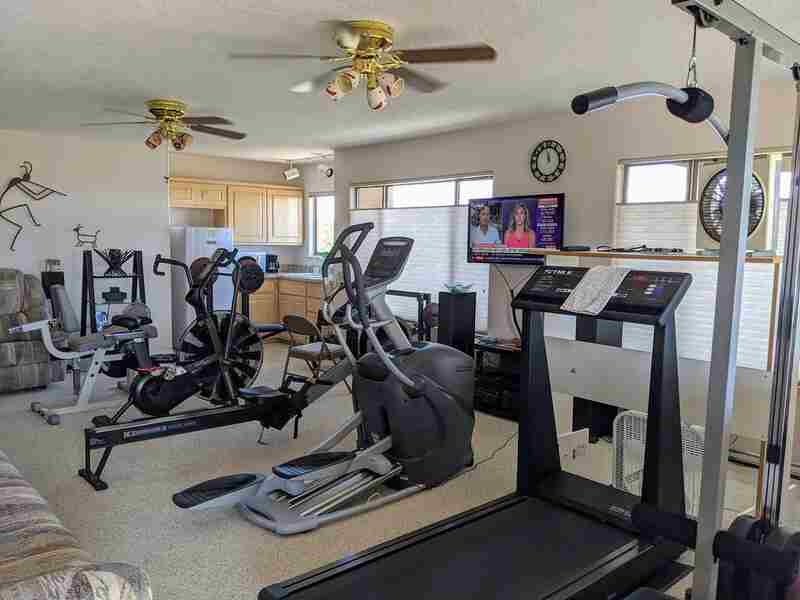
Strength training equipment is essential for building muscle and improving overall fitness. Dumbbells, resistance bands, and weight machines are examples of strength training equipment.
1. Dumbbells
Dumbbells are a versatile and affordable option for home gyms. They can be used for a variety of exercises such as bicep curls, squats, and lunges, and they are easily stored when not in use. Dumbbells come in a variety of weights and sizes, making them an excellent choice for both novice and experienced weightlifters.
2. Resistance Bands
Resistance bands are another versatile and cost-effective option for home gyms. They come in a variety of resistance levels, making them an excellent choice for people of all fitness levels. Resistance bands can be used for a variety of exercises, including pull-ups, push-ups, and squats, and can be easily stored when not in use.
3. Weight Lifting Equipment
Weight machines are an excellent option for anyone looking to gain muscle and strength. They offer a controlled and stable environment for weight lifting, which can be beneficial for beginners or people with joint issues. Weight machines, on the other hand, can be large and expensive, and they may not offer as many exercise options as other types of strength training equipment.
Flexibility Equipment
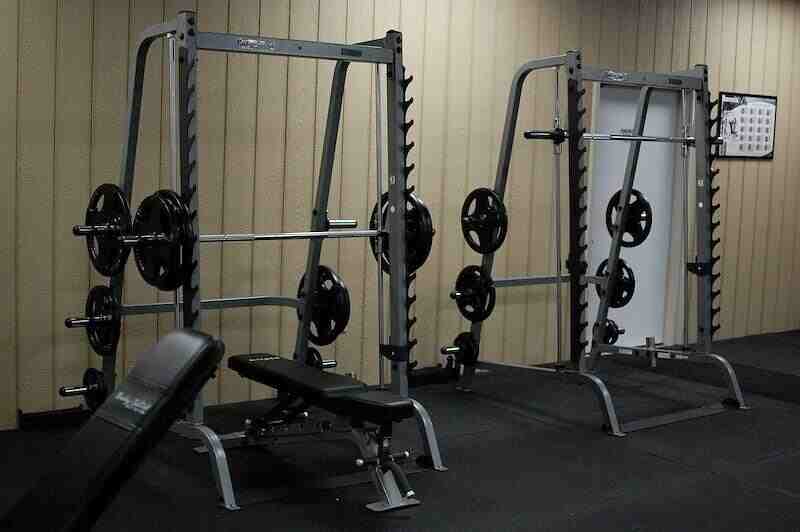
Flexibility equipment is critical for increasing range of motion, avoiding injury, and improving overall fitness. Yoga mats, foam rollers, and stretching straps are all examples of flexibility equipment.
1. Yoga Rugs
Yoga mats are an excellent option for anyone looking to improve their flexibility and balance. When not in use, they provide a cushioned surface for yoga and other floor exercises and can be easily stored. Yoga mats come in a variety of sizes and materials, allowing you to select one that best suits your needs and preferences.
2. Foam Rollers
Foam rollers are an excellent choice for anyone looking to relieve muscle tension and improve range of motion. They are frequently used for self-myofascial release, which can help relieve muscle soreness and tightness. Foam rollers come in a variety of sizes and densities, allowing you to select one that best suits your needs and preferences.
3. Strapping Straps
Stretching straps are an excellent option for anyone looking to increase their flexibility and range of motion. They can be used for a variety of stretches, such as hamstring, quad, and shoulder stretches. Stretching straps are typically made of nylon or cotton and are available in a variety of lengths and widths.
Equipment for Functional Training
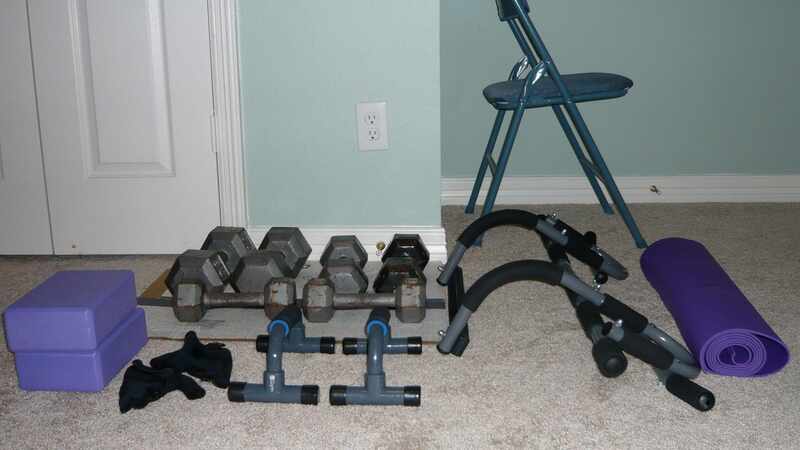
The use of functional training equipment is critical for improving movement patterns, balance, and overall fitness. Medicine balls, suspension trainers, and agility ladders are just a few examples of functional training equipment.
1. Medicine Balls
Medicine balls are a great choice for anyone looking to improve strength and power in their movements. They can be used for a variety of exercises, including medicine ball slams, chest passes, and overhead throws. Medicine balls come in different weights and sizes, so you can choose one that fits your needs and preferences.
2. Suspension Trainers
Suspension trainers, such as the popular TRX system, are an excellent choice for anyone looking to improve their overall fitness and strength. They use bodyweight exercises to improve balance, core stability, and overall strength. Suspension trainers are a great option for people with limited space because they are simple to install in a home gym.
3. Agility Ladders
Agility ladders are an excellent choice for anyone looking to improve their speed, agility, and coordination. They are frequently used by athletes and sports teams to improve footwork and overall performance. When not in use, agility ladders are easily stored and are an excellent choice for people of all fitness levels.
Final Thoughts
Building a home gym can be a great way to stay in shape and improve your overall health and fitness. When selecting gym equipment for your home gym, keep in mind your fitness goals, available space, and budget. You can create a home gym that is convenient, effective, and enjoyable to use by selecting the appropriate gym equipment for your needs.


